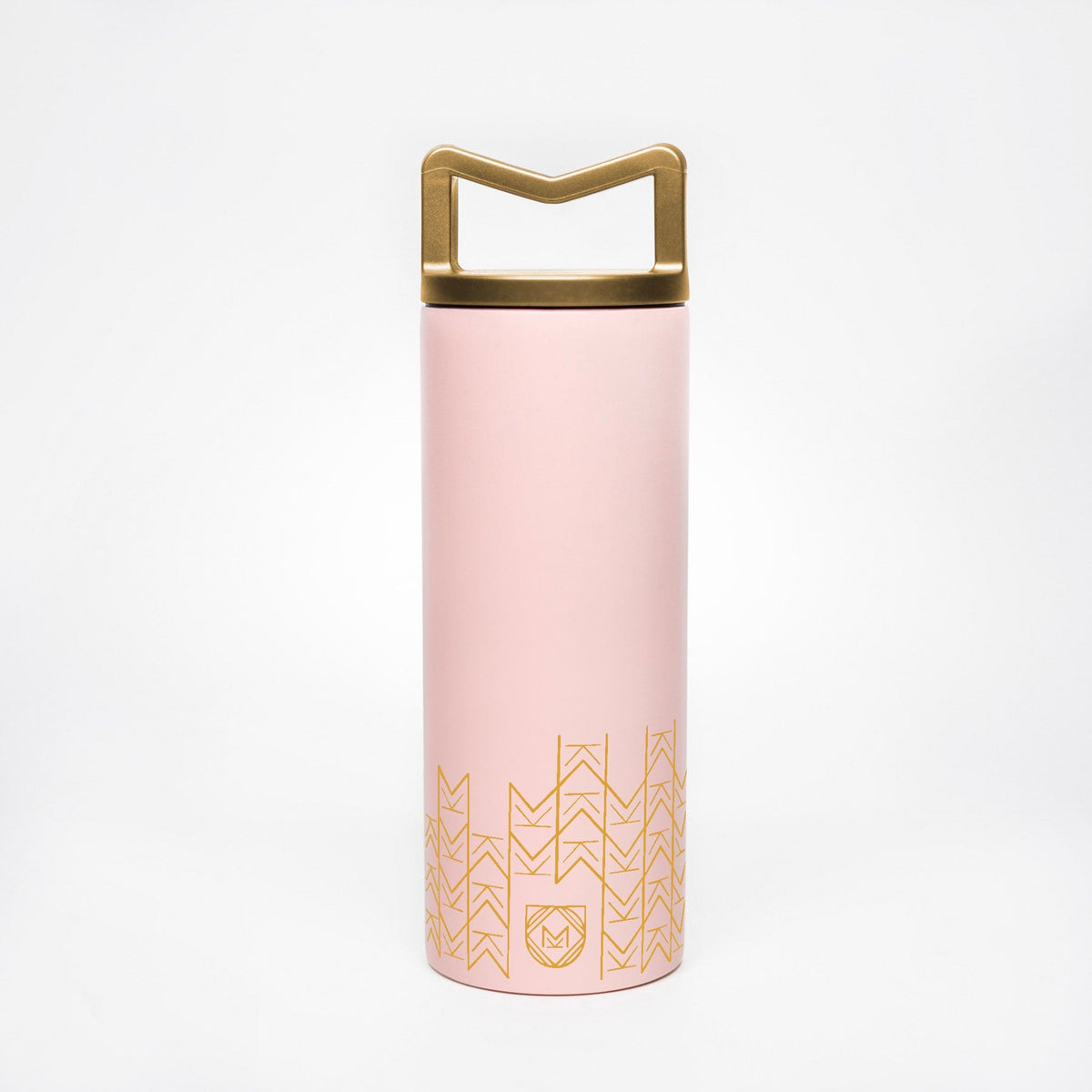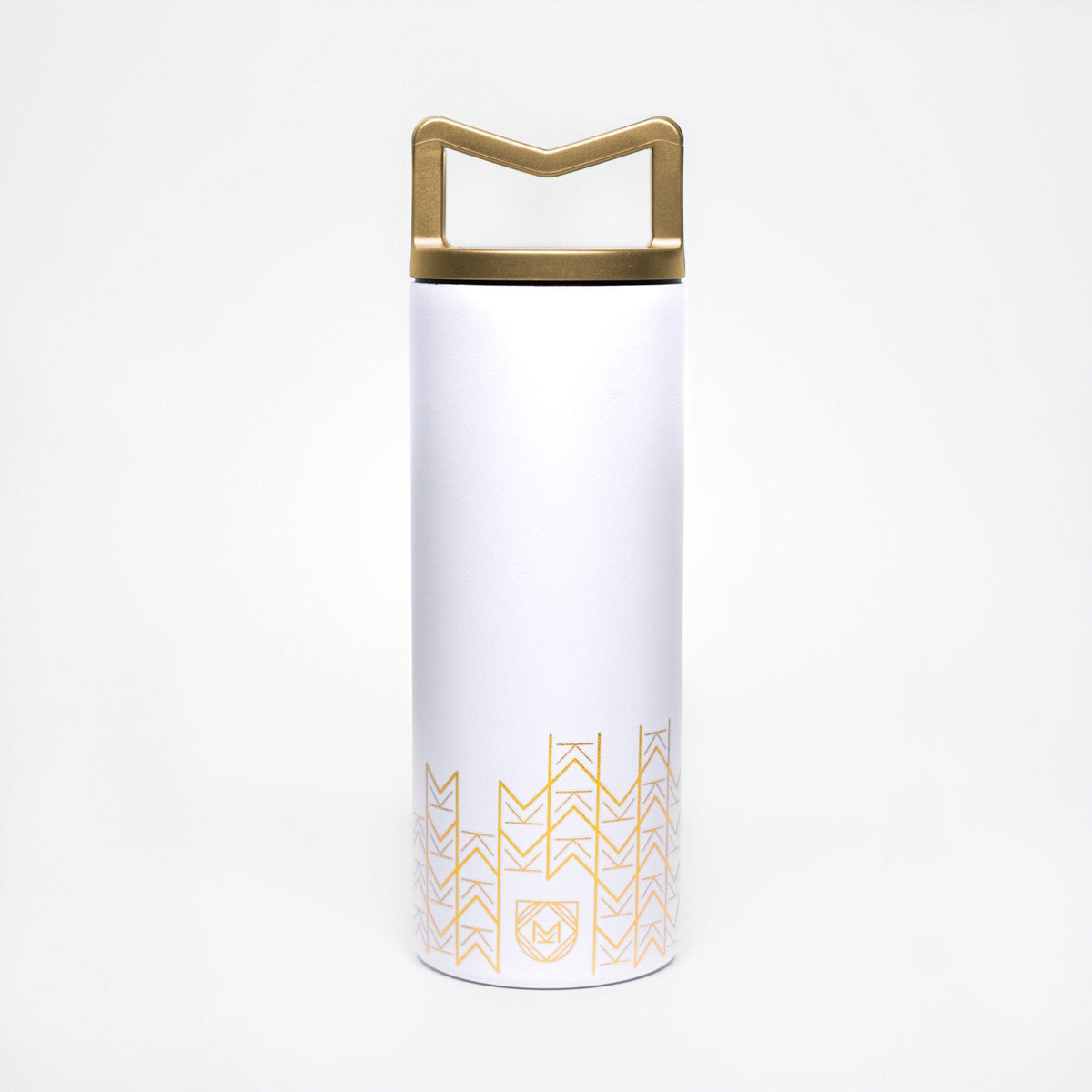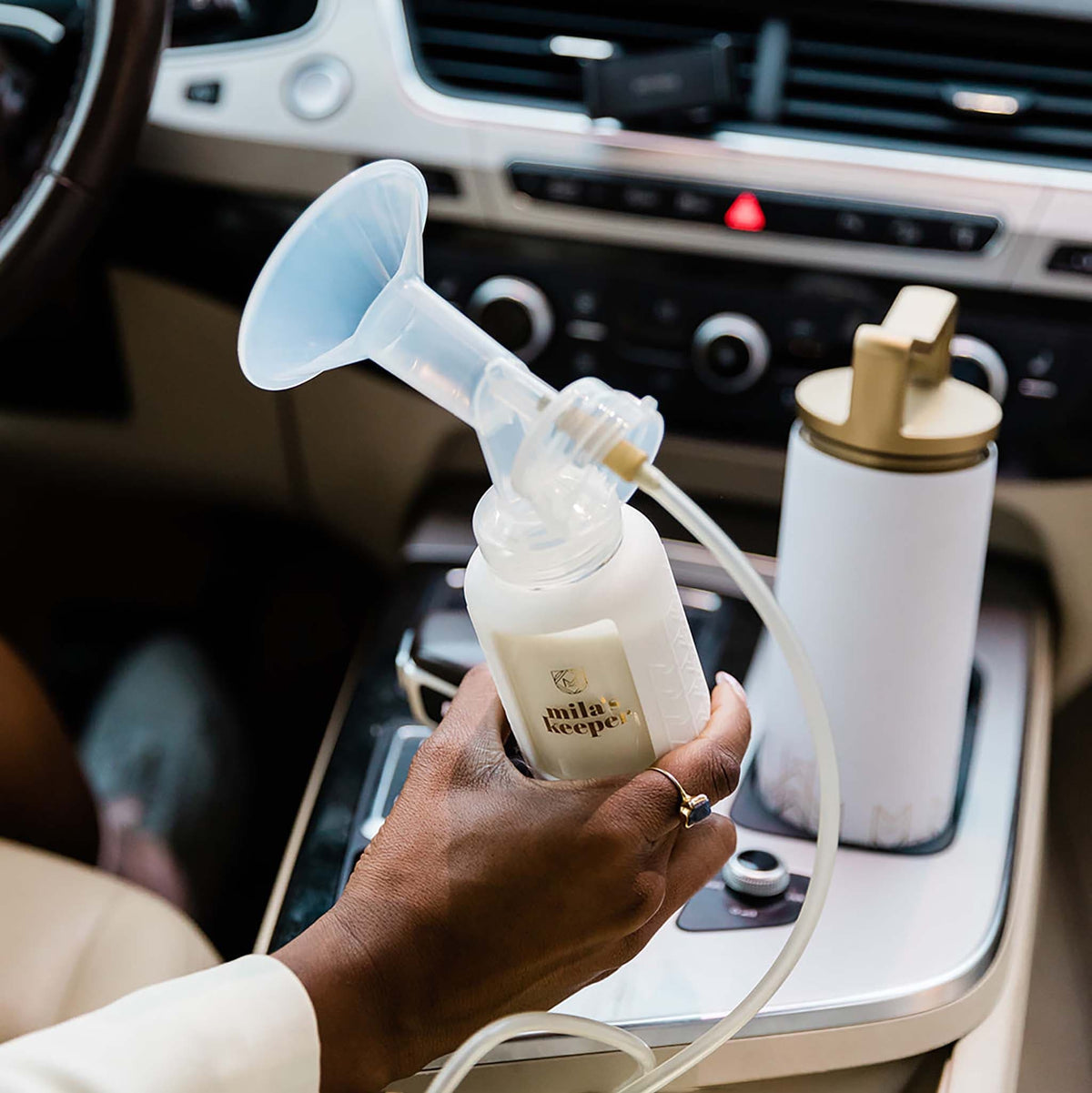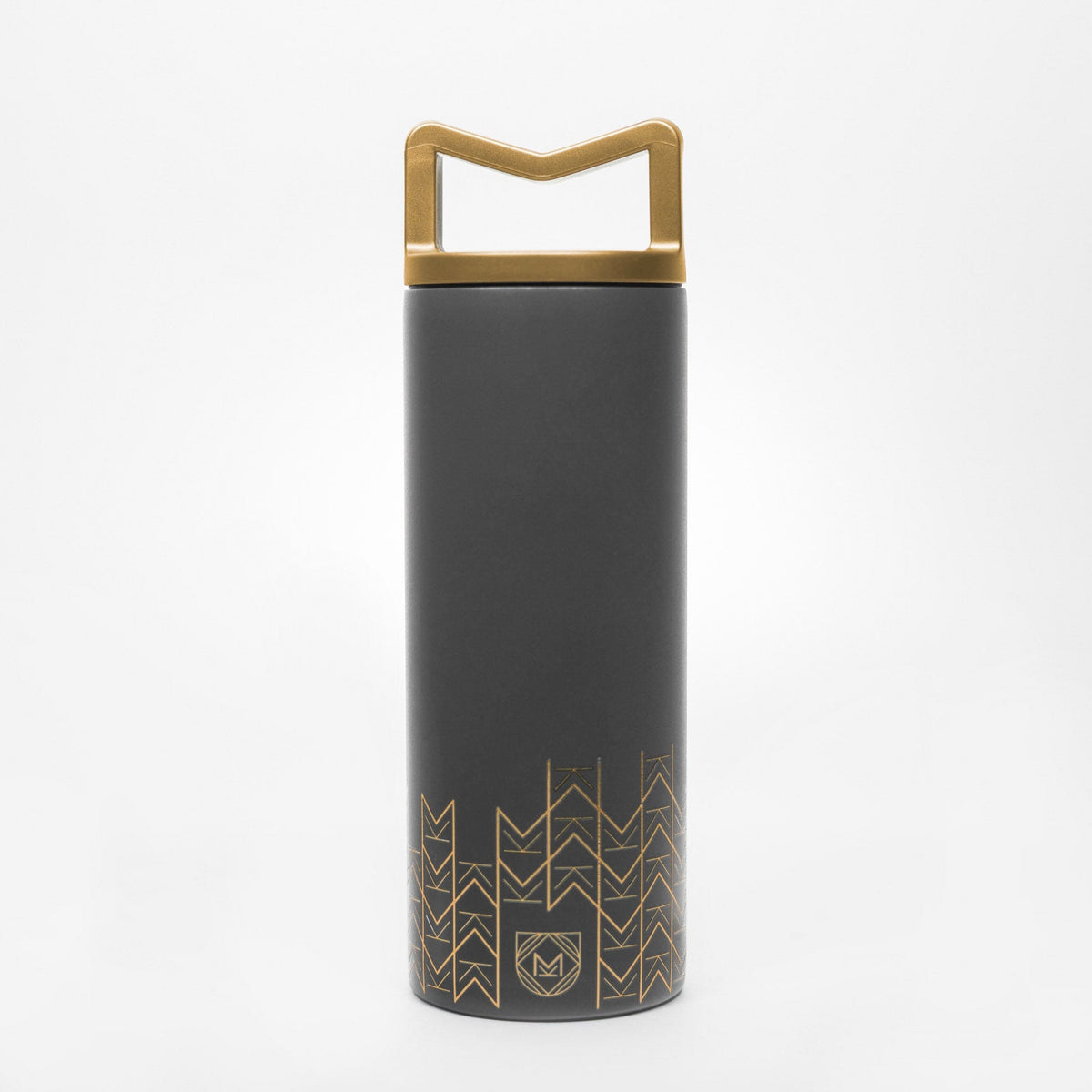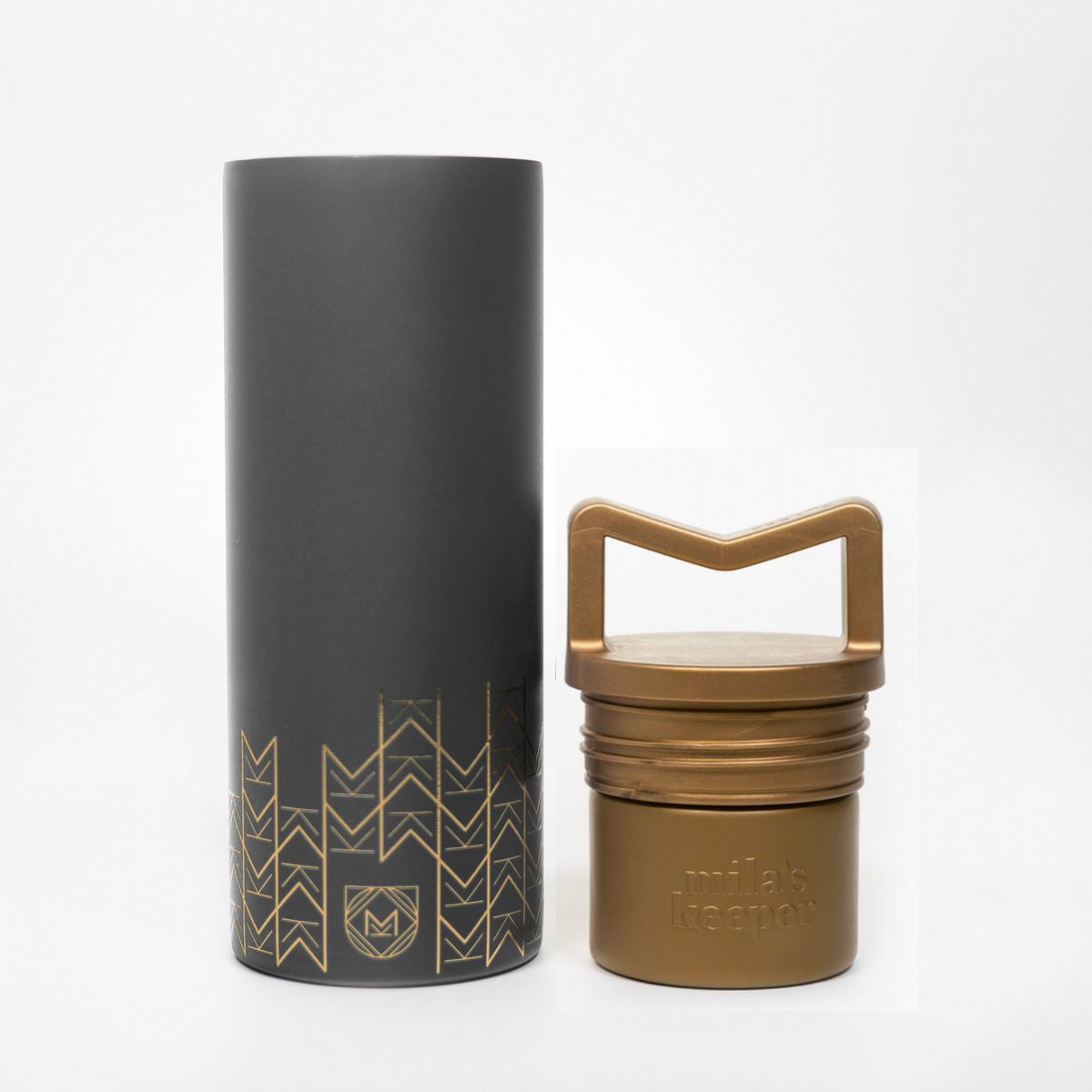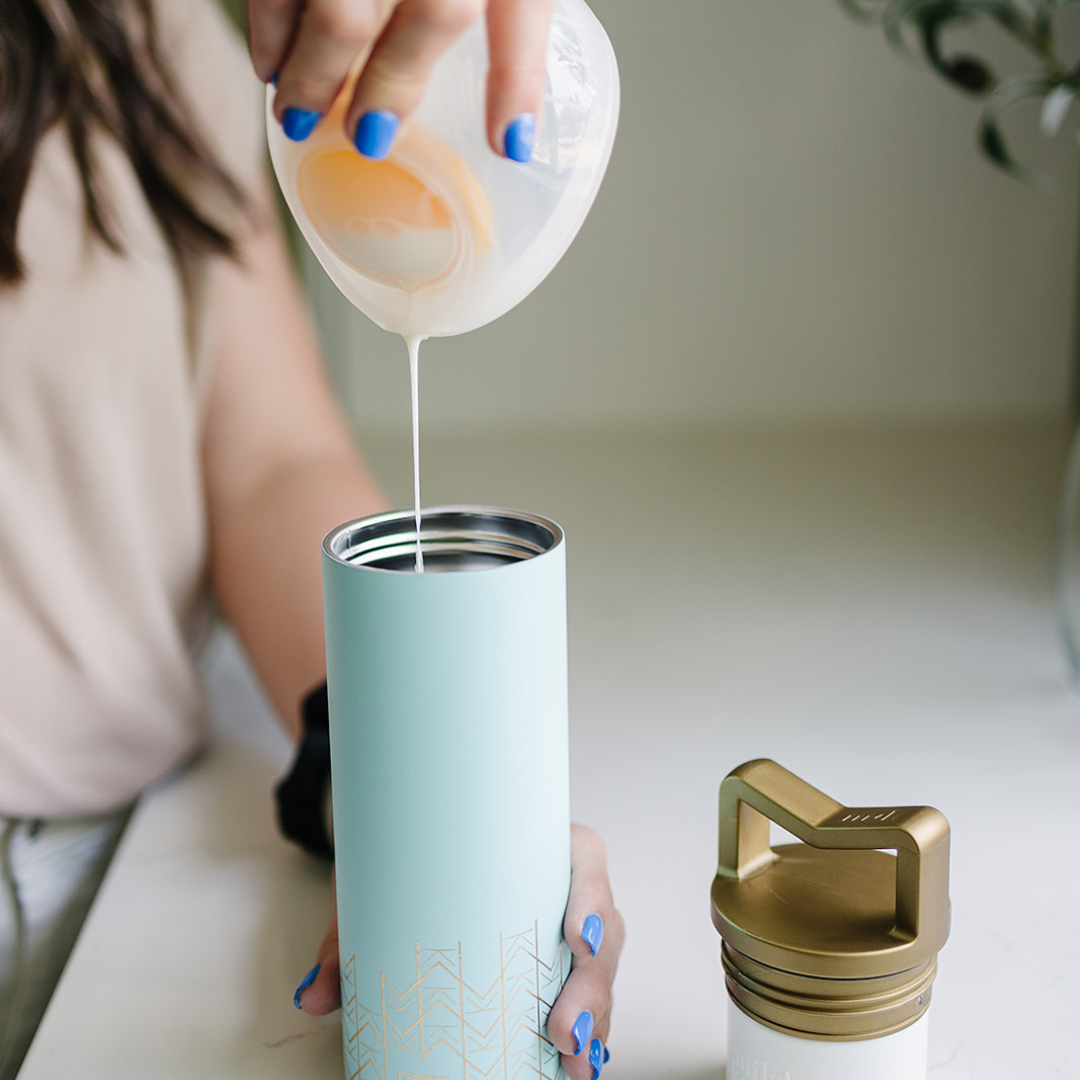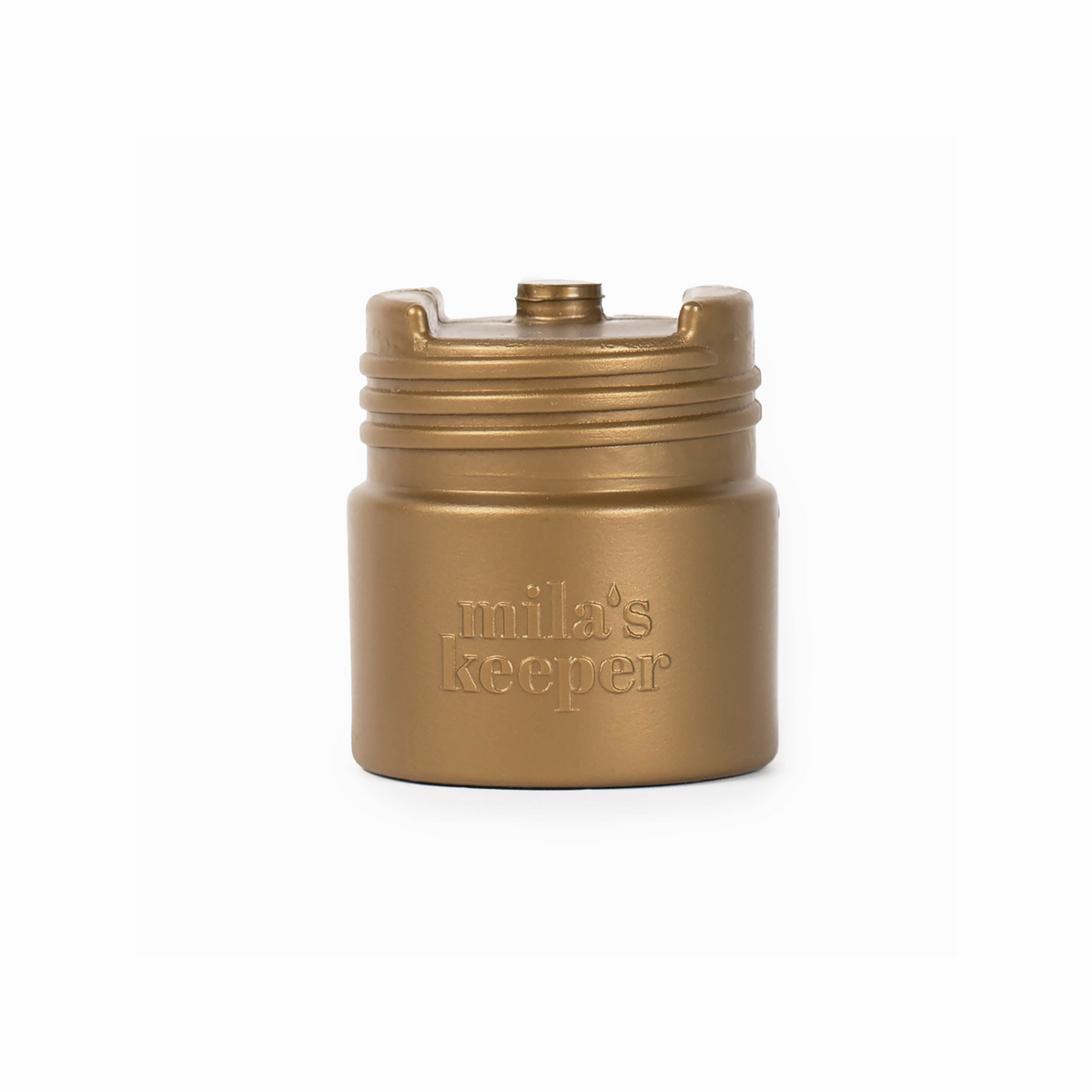Why a Pumping Schedule Matters
For new moms, finding an ideal pumping schedule can make a huge difference. It helps keep your milk supply steady and brings a bit of structure to your day. Whether you’re heading back to work, exclusively pumping, or balancing breastfeeding with some extra pumped milk, a schedule that fits your life can make pumping feel more manageable and less stressful. A well-thought-out breastfeeding and pumping schedule for moms doesn’t just support milk production—it adds a touch of predictability to the often chaotic days of new motherhood.
How Often Should You Pump?
One of the main questions on every pumping mom’s mind is, “how often should I pump?” The answer depends on your baby’s age, milk supply goals, and whether you’re exclusively pumping or supplementing breastfeeding with pumping.
In the Early Weeks: Pumping for a Newborn
For the first few weeks postpartum, most lactation experts recommend getting on a pumping schedule that mimics the nursing schedule of a newborn, which is about every 2-3 hours. This should come out to about 8-10 pumping sessions per day.
During these early weeks, many moms find that adding an early-morning pump session between 2-5 a.m. can be especially beneficial. We know that waking up in the early-morning hours when you don’t need to is probably the last thing already sleep deprived moms want to do, but there’s a good reason for it. Prolactin levels—the hormone responsible for milk production—peak during these hours, meaning a nighttime session could lead to higher milk output. This approach may be particularly helpful if you’re looking to build a freezer stash for later.
Adjusting as Baby Grows
As your baby gets older, you can generally start spacing out sessions. Around the 3-month mark, many moms find that 5-6 pump sessions per day works well. By this age, babies can typically hold more in their stomachs, which means they feed less frequently.
When Life Gets in the Way
Life is rarely predictable, especially with a baby, and some days it’s just not possible to stick to a perfect schedule. If you miss a session, try to add a quick “catch-up” session later in the day to help keep your milk supply steady.

Ideal Pumping Schedules for Different Situations
Finding the pumping schedule that aligns with your daily routine and milk production goals is pretty important, especially when balancing unique needs, like working outside the home, exclusively pumping, or combining breastfeeding with pumping. Here’s how to build a schedule that works best for your lifestyle.
Pumping Schedule for Working Moms
It’s key to create a pumping schedule for working moms that aligns with your work hours. Typically, you’ll want to aim for a pumping session every 3-4 hours while at work. This may mean two or three sessions across a standard workday, depending on how long you’re away from your baby.
To make your schedule easier to maintain, coordinate with your supervisor or HR to ensure you have a private, comfortable space to pump. Having a designated time and place reduces stress, making it easier to stay consistent.
Exclusive Pumping Schedule
For moms who are exclusively pumping, a more frequent exclusive pumping schedule is often needed, especially in the beginning. Research has shown that exclusive pumpers who follow a consistent 2-3 hour schedule tend to have higher milk output compared to those who space sessions out longer, particularly in the first three months postpartum.
As your baby grows, you can adjust the schedule to around six sessions per day, but pay attention to any changes in milk supply and adjust if needed.
Look into breast pumping apps to help you keep track of things like how much you’re pumping, how much your baby’s eating, and tracking your stash.
Breastfeeding and Pumping Schedule
If you’re balancing breastfeeding with pumping, finding a breastfeeding and pumping schedule that complements both can be helpful. Many moms in this situation pump once or twice a day, often after nursing sessions, to build a milk stash or maintain supply. A popular strategy is to pump after the morning feed, as milk supply is usually higher in the morning.
Nighttime Pumping: Do You Need to Pump at Night?
One common question for new moms is, “should I pump at night?” For some, the answer is yes—especially in the early weeks when milk supply is being established. Whether you’re exclusively pumping, trying to increase supply, or building a stash, nighttime pumping can play a key role in meeting your goals.
Why Nighttime Pumping Helps in the Early Weeks
In the first month postpartum, nighttime pumping can be particularly beneficial because prolactin, the hormone responsible for milk production, is at its highest levels during the night. This means that a session between 1-5 a.m. could help increase your milk output.
How to Pump at Night (and Still Get Some Sleep)
Figuring out how to pump at night while still getting rest can be challenging. A helpful strategy is to plan your night pump sessions around your baby’s sleep patterns. For instance, if your baby wakes around 3 a.m. for a feed, you might coordinate your pumping session around that time.
To minimize disruptions, set up a dedicated nighttime pumping station with all the essentials—your pump, a cooler for breastmilk storage, cleaning supplies, and a glass of water. This setup can save time and help you get back to sleep faster after the session.
When to Drop Nighttime Pumping
As your baby gets older, you may find that nighttime pumping becomes less important. Many moms start to feel ready to drop those night sessions around the three-month mark, once their milk supply feels steady. Phasing out nighttime pumping gradually can make the transition smoother, giving your body time to adjust without impacting supply. If you notice any changes, you can always add a quick pump session during the day to help keep things on track.
Adjusting Your Pumping Schedule Over Time
As your baby grows, you’ll likely find that adjusting your pumping schedule becomes both possible and necessary. In the beginning, frequent pumping sessions help build and stabilize your milk supply. However, as your baby gets older and their feeding habits evolve, changing your pumping schedule can offer you more flexibility.
When to Pump Less Frequently
Typically, by the time babies reach three months, they feed less frequently as their stomach capacity increases. For many moms, this is a good time to consider when to pump less frequently. You might start by reducing from eight sessions a day to six or even five, depending on how your supply holds up. A gradual reduction helps prevent issues like engorgement or clogged ducts, which can sometimes occur when sessions are dropped too quickly.
How to Safely Adjust Frequency
When you’re ready to adjust your schedule, it’s best to make small changes and observe how your body responds. For moms who are exclusively pumping, a slower approach to changing your pumping schedule may be necessary to maintain a steady supply. Some moms find that even spacing sessions by just an extra hour allows them to keep supply levels stable while reclaiming a bit more personal time.
Listening to Your Body
Each mom’s body responds differently to changes in a pumping schedule, so stay aware of any signs that you may need to readjust. If you notice your milk supply dropping or feel uncomfortable, you might add back a session temporarily to avoid any disruptions.

Maximizing Milk Supply with a Pumping Schedule
For moms looking to keep up their milk production, strategic planning can go a long way in boosting milk supply while pumping. From timing your sessions to techniques like “power pumping,” a few tweaks can help you make the most of each session and support a steady milk flow.
Techniques to Increase Milk Supply While Pumping
One of the most effective methods for moms trying to increase milk supply pumping is “power pumping.” Power pumping involves a set of shorter, more frequent pumping sessions that mimic a cluster feeding session—a common feeding pattern among newborns. This technique sends strong signals to your body that more milk is needed. Many moms find that adding one power pumping session per day for about a week can yield noticeable results.
Supporting Milk Production Naturally
Aside from power pumping, other strategies can make a difference. Staying well-hydrated, eating nutrient-rich foods, and managing stress are great ways to increase milk supply.
Breast massage before and during pumping can also help. Massaging your breasts can stimulate milk flow and make each session more productive.
The Role of Consistency in Milk Supply
While these strategies are helpful, consistency remains key. Sticking to a regular schedule as much as possible reinforces your body’s milk production signals. If you’re focusing on boosting milk supply while pumping, aim to keep sessions spaced evenly throughout the day, rather than skipping or clustering them.
Pumping on the Go: Maintaining Your Schedule Outside the House
Life as a new mom doesn’t stop just because you’re breastfeeding or pumping. Many moms find themselves needing a reliable plan for pumping on the go—whether it’s a day out, a family trip, or even a business trip. Thankfully, with the right preparation, you can keep up your milk supply wherever you are.
How to Pump While Traveling
When it comes to how to pump while traveling, organization is your best friend. You’ll want a portable pumping bag with everything you need for successful sessions on the go. Essentials include your pump, portable power options (like a battery pack or car adapter), storage bags or bottles, and a cooler. Some pumps are more travel-friendly than others, so if you’ll be frequently on the go, consider investing in a lightweight or wearable model.
Creating a Portable Pumping Schedule
Planning your portable pumping schedule around your day’s activities can help you avoid missed sessions and reduce stress. If you’re traveling by car, you can plan to pump during breaks. For flights, many airports have nursing or pumping rooms, which can offer a private and convenient space.
Once your milk is pumped, you’ll need to store it safely. Milk can stay in a modern breast milk cooler with an ice pack for up to 20 hours, giving you flexibility to get back home or to a fridge before it spoils. If you’re away for an extended period, checking local guidelines for storing and transporting milk can be helpful, as different travel methods (airline or international) have their own rules.
Making Pumping On the Go Easier
Finally, plan for convenience. Bringing pump wipes or sanitizing sprays can make cleaning parts easier in places without access to running water. Having easy-to-access storage bags can simplify transferring milk quickly and discreetly, and many moms find that organizing everything in a dedicated bag makes setup and cleanup faster.

Troubleshooting Common Pumping Schedule Issues
Every pumping journey comes with its own set of challenges. From sudden dips in supply to struggling to fit sessions into a busy schedule, there are times when you may run into pumping problems. Here’s how to address some of the most common issues moms face when pumping.
Milk Supply Issues with Pumping
One of the biggest concerns for pumping moms is maintaining a steady milk supply. If you’re experiencing milk supply issues with pumping, it could be due to various factors, such as stress, dehydration, or changes in your routine. If milk supply issues persist, consider consulting with a lactation consultant, who can offer tailored advice.
Addressing Missed Sessions
Sometimes, a packed schedule can mean missed pumping sessions. When this happens, the best approach is not to stress but to adapt. Try adding a quick “makeup” session later in the day or early the next morning.
Troubleshooting Your Pumping Schedule
If your current routine feels unsustainable, or if you’re frequently experiencing pumping problems, it may be time to consider troubleshooting your pumping schedule. This might mean reducing the number of sessions, changing the timing, or even reevaluating the type of pump you’re using. Some moms find that adjusting the length of each session (by a few minutes more or less) can make a difference in milk output without needing to increase the number of sessions.
Finding a Pumping Schedule That Works for You
Every mom’s journey with pumping is unique, and finding the best pumping schedule for moms means discovering what fits your specific lifestyle, goals, and daily demands. The right schedule isn’t about rigid timings but about crafting a routine that feels sustainable and works for you.
Creating a Personalized Pumping Schedule
The key to a personalized pumping schedule is flexibility. Think about what you need from your schedule: Are you building a stash, exclusively pumping, or just supplementing? Tailoring your routine to meet your goals can make a huge difference.
Staying Flexible
Life as a new mom is anything but predictable, and having a flexible pumping schedule helps you stay consistent without feeling pressured. Whether it’s adapting for travel, a change in work hours, or a busier-than-usual day, a flexible approach makes it easier to stick with pumping over the long haul.
When creating a flexible pumping schedule, remember that routines will shift as your baby grows and their feeding needs change. A routine that works perfectly one month might need an update the next, and that’s completely normal. Keeping a flexible mindset about your schedule can reduce stress and help you maintain supply without feeling constrained by a rigid structure.
Finding the Right Balance
Ultimately, the best schedule is one that supports both your milk supply and your well-being. The goal is to find a balance that allows you to feel confident in meeting your baby’s needs while also giving yourself room to adapt. Every mom’s situation is different, so embrace what works for you and adjust as needed along the way.
Pumping can feel like a major commitment, but with the right balance, flexibility, and a schedule that’s designed around your life, you can make it a sustainable and empowering part of your breastfeeding journey.
Keep Reading related blog: Pumping on the Go: Essential Tips for Pumping While Traveling
A female-designed and female-run company, Mila's Keeper is on a mission to empower women to thrive during their breastfeeding journey by offering reusable, eco-friendly breast milk storage solutions for their day-to-day needs. Get the latest tips and info on Mila's Keeper products by following us on Facebook, Twitter, Instagram, Pinterest, and LinkedIn.









